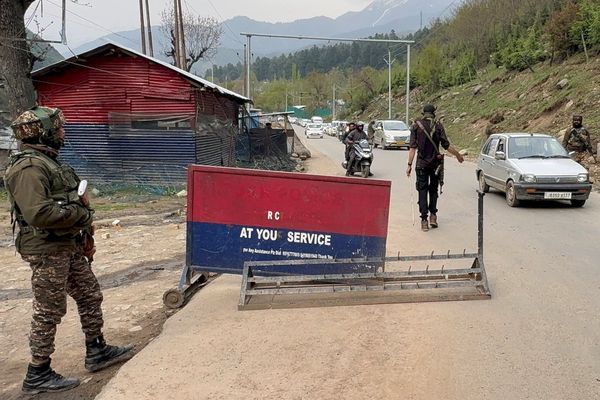A study conducted by the Center for Study of Science, Technology and Policy (CSTEP), has found out that there was not much difference in the ambient particulate matter (PM2.5) concentration levels in urban and suburban areas of the city.
It has also been found that higher PM2.5 concentration levels were present particularly in the western parts like Dasarahalli, Rajarajeshwarinagar and parts of Bommanahalli. Very high levels of PM2.5 were found on major road networks like Mysuru Road, NICE Road, Kanakapura Road, Magadi Main Road, and Tumakuru Road.
With an objective to gain insights into the pollution patterns of Bengaluru, a hybrid measurement approach was employed by the study to generate high resolution air pollution maps. The study was limited to the BBMP area.
“A mobile monitoring campaign was conducted where various monitoring instruments were set up in a CNG-fuelled car, which covered approximately 10% of the city’s roads, to measure on-road mass concentrations of fine particulate matter (PM2.5), black carbon (BC), and number concentrations of ultrafine particles (UFPs). Additionally, a city-wide network of 55 low-cost sensors was established to measure ambient PM2.5 levels,” said a press release from CSTEP. It also said that the data was corrected for their respective instrument biases and then used along with regulatory data from pollution control board monitors to predict pollutant levels at 50 m resolution using land-use regression models.
The report which was released on Thursday said in winter season, the ambient PM 2.5 levels (and their spatial variability) were higher than during the summer season.
To provide better access to the officials from Karnataka State Pollution Control Board (KSPCB) and those from Institutions of Repute (IOR), CSTEP partnered with Google to develop hyperlocal air quality maps from the data collected and make it available through its Environmental Insights Explorer (EIE) tool. This will help the officials to assess PM2.5 as well as other pollutant concentration levels for major roads and highways in Bengaluru which is in turn expected to make it easier to identify pollution hotspots and introduce interventions.
“While PM2.5 is fairly uniform across the city, combustion-sourced BC is more variable and can be significantly higher on-road, increasing the health risk of Bengaluru residents who spend a lot of time in traffic. This massive data set can be further mined to identify time-resolved hyperlocal hot spots and technology interventions to get us closer to clean air for all,” said Dr R Subramanian, Sector Head of Air Quality, CSTEP.
The study has proposed various policy recommendations based on the findings including the prioritisation of mitigation activities abating vehicular emissions in the western parts of the BBMP area and the adoption of regional strategies rather than city-specific action plans.







